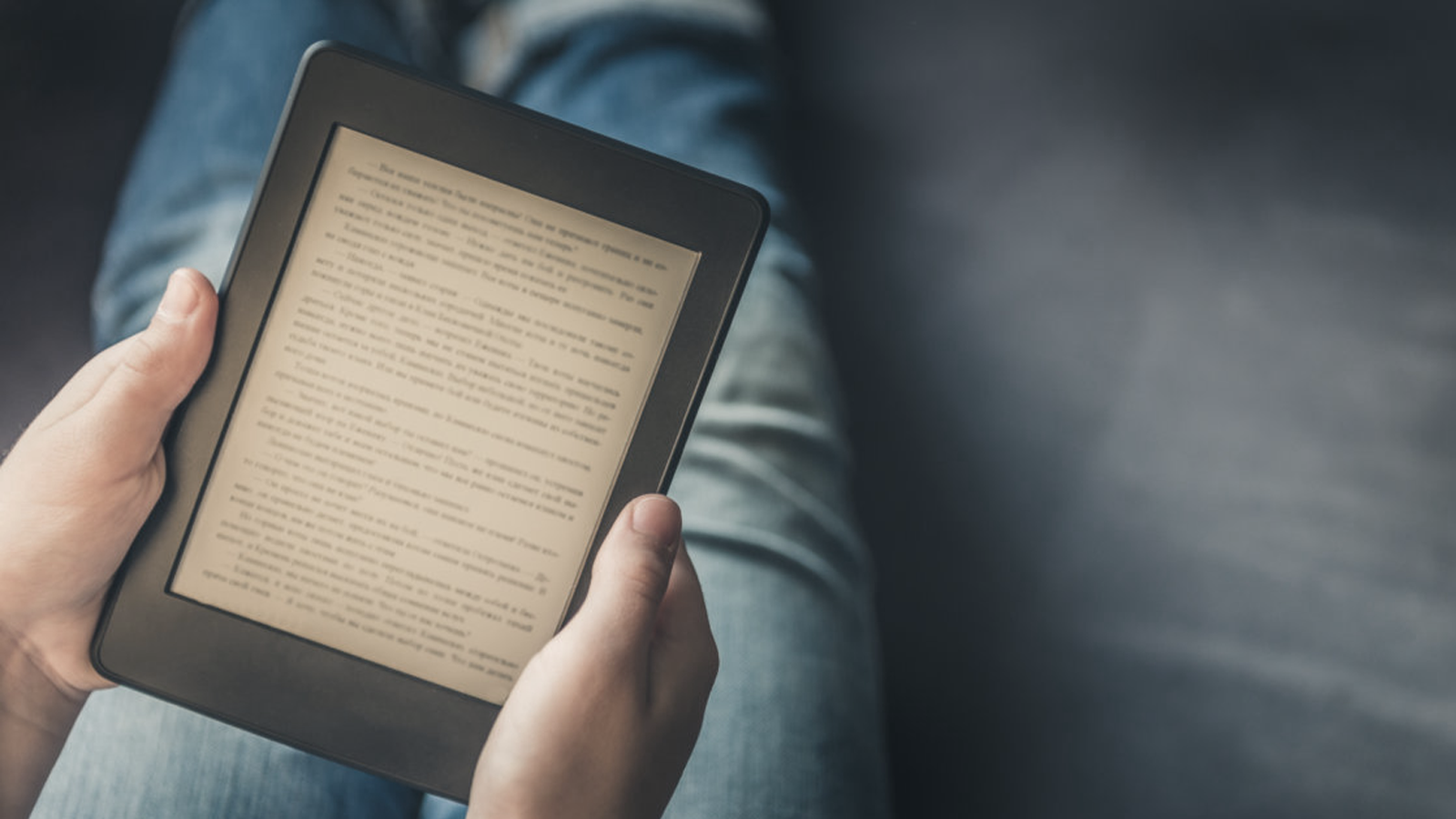My Kindle Story – One Application Device in a Complex World

I used to buy books, but the shipping was too slow, and I had difficulty finding my favourite books at the library. Several years ago, I purchased a Kindle Paperwhite because of its convenience. The Kindle Paperwhite has a responsive touch screen in place of buttons, so I can hold it and flip to the next page with one hand.
With my Kindle, I can read on the subway with one hand on the handrails and the other in my work bag. It is also not my favourite thing to carry heavy books when travelling. Also, I do not want to use both hands to turn the pages every night before sleep. I can read more now that I have a Kindle because I can always keep my books.
I enjoy using the Kindle. Unlike my phone or laptop screen, the Kindle screen is not glarey, and the matte finish and e-ink display don't make me feel like I'm staring at a computer screen, so it's surprisingly relaxing to read on. The backlight allows me to read it even when the lights are off.
One of the things I like most about the Kindle is that it is not technology that tries to do everything. The simplicity is refreshing when other digital devices are trying to do more. “The more we're distracted, the more valuable solitude becomes,” Dave Limp, Amazon's head of hardware, says. The last thing I want is to lose focus while reading an author's story and receive an Angry Birds uplevel notification.” Reading is about concentration, and Kindle is doing a good job here.
Despite its popularity, E-Ink technology has colour display limitations. Therefore, I read books with colour illustrations on my iPad. Recently, colour-display e-readers like the Onyx Poke2 Color and PocketBook Color have become available.
In my minimalist mind, I adore my Kindle. However, the Kindle didn't solve the ultimate problem of book reading. If a colour e-reader device with mature technology hits the market, I'll purchase one to replace my Kindle. I only need one device to read a book.